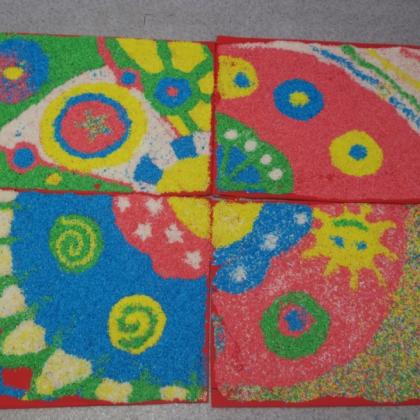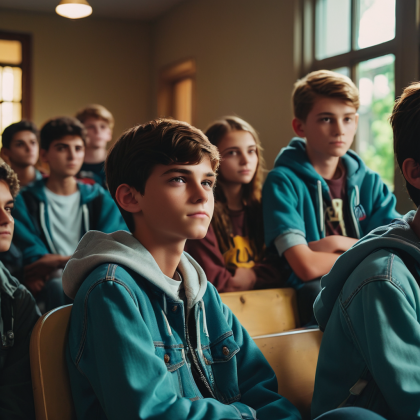Autor: Zuzana Řezáčová Lukášková, zveřejněno 11. 7. 2015
Teach your children how colors are created and what they can capture! Let's play and explore the world.
All children love to create something and they all also have the talent for it. They are extremely committed and creative. Small children are not afraid to try new things, because they are not afraid of making mistakes. That is what we, adults teach them to do later on. But does not this kill all the young artists, creative designers, and determined inventors? Art classes importance-wise, stand at the very bottomin our educational system. It is a supplementary activity in which we get to evaluate the levels of children's technique. But there is also another way!
Mandala is a space for creative self-discovery, for game, and communication with the outside world. It can also be a place of cooperation and learning new things. Every child is curious by nature.
The primary colors; yellow, blue, and red are present in all the known color shades. By mixing these three basic colors, just like room painters do, you will get black or anthracite. By mixing them one by one, putting together only two of them, you will get the secondary colors. Bringing together the primary and secondary colors results in white (white light).
For practical introduction to these rules let children use temperas (yellow, blue, red) to paint three of the six designated circular sector. Each of the primary colors should also be applied into the neighboring sector, where then two of the basic colors meet. This is where children create the secondary colors (green, orange, purple). By putting this disk (the Newton disk) on a mixer and bringing it into high spin, you will see white (milky) color emerging.
Colors and shapes can capture any feeling or emotion, including individual sensory perceptions we try to minimize. If we for example, want to taste something, we close the eyes and try to minimize all the sounds or tactile stimuli, so that we can fully concentrate on the experience of taste (see the photo gallery: 1. salty, 2. bitter, 3. sweet, 4. sour). You then assign colors and shapes to this experience. You can capture not only tastes - sweet, salty, bitter, and sour (with your eyes closed), but smells (using scented oils applied on a piece of paper or cotton wool), sounds, and tactile sensations. Pfaff recommends in his book Techniky léčení barvami (Fontána,2009) sensory orange eating, using all your senses - looking at, touching, smelling, and tasting, which you can all easily interpret trough colors and shapes.
For this exercise you can use a blank paper, individual mandalas or especially designed pre-made mandalas, which are divided into five parts (see the photo gallery). There is a space for capturing up to four perceptions in each section (visual perception is due to its generally predominant use excluded in this exercise). The space in the middle of the mandala serves for capturing your current bodily experience, which is the last step towards creating a mandala of a feeling.

